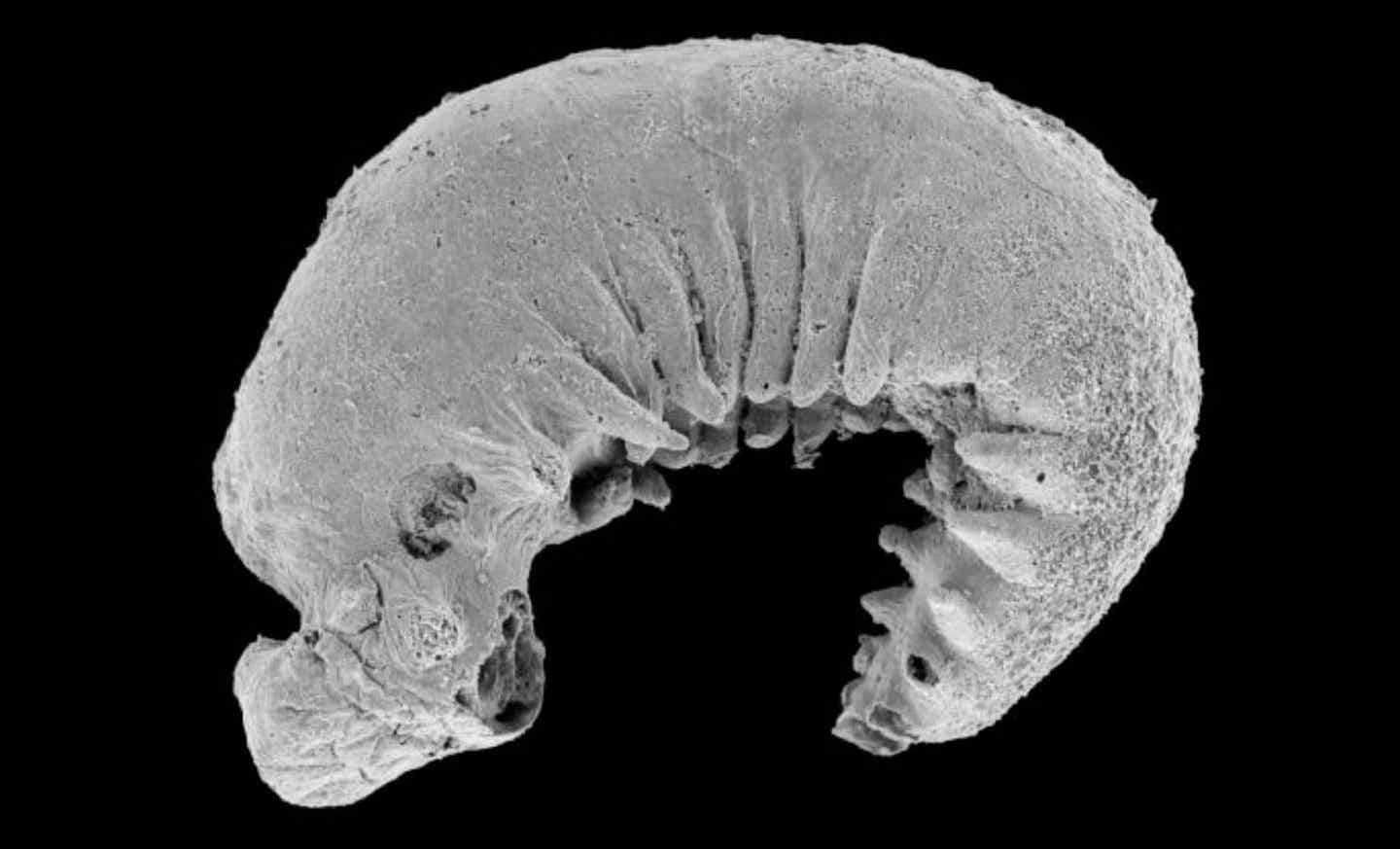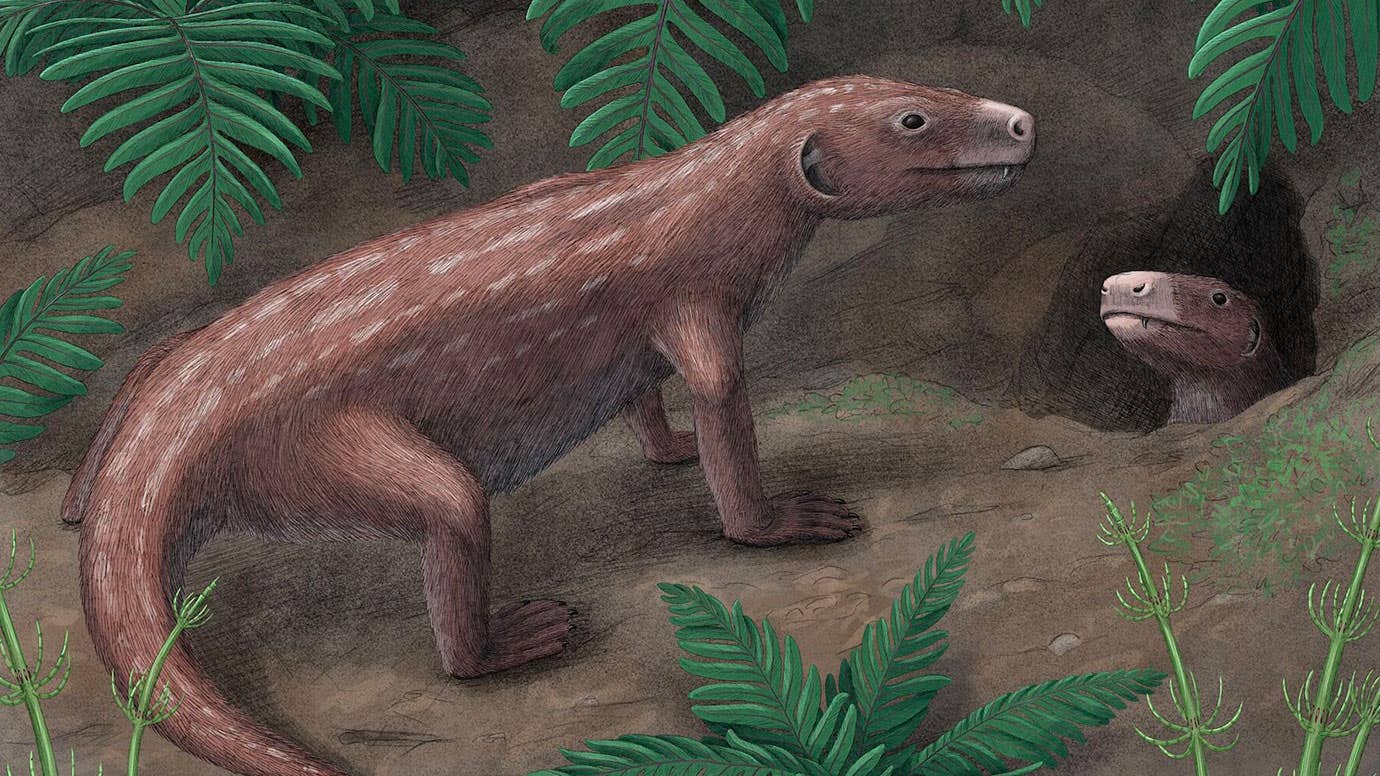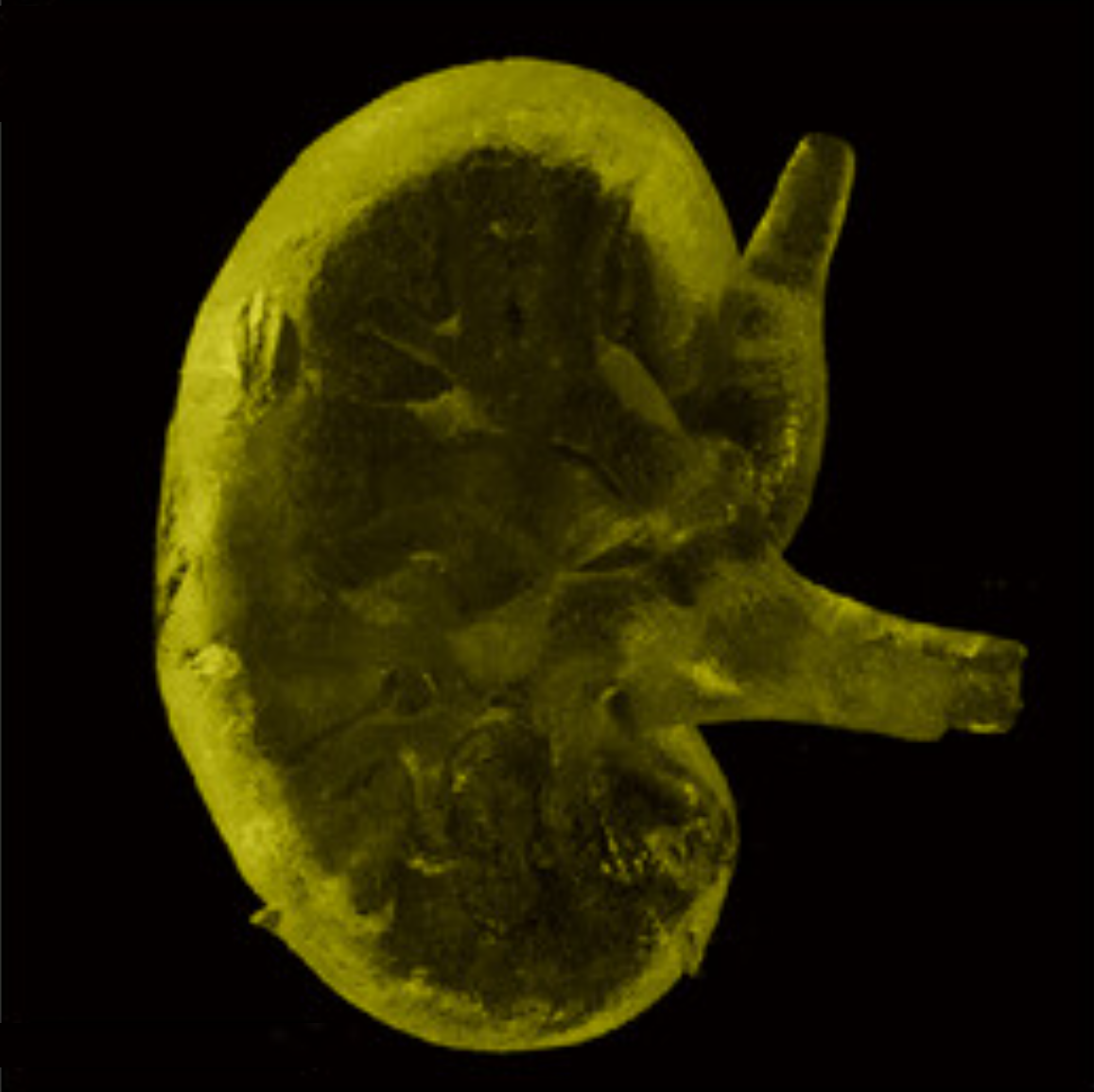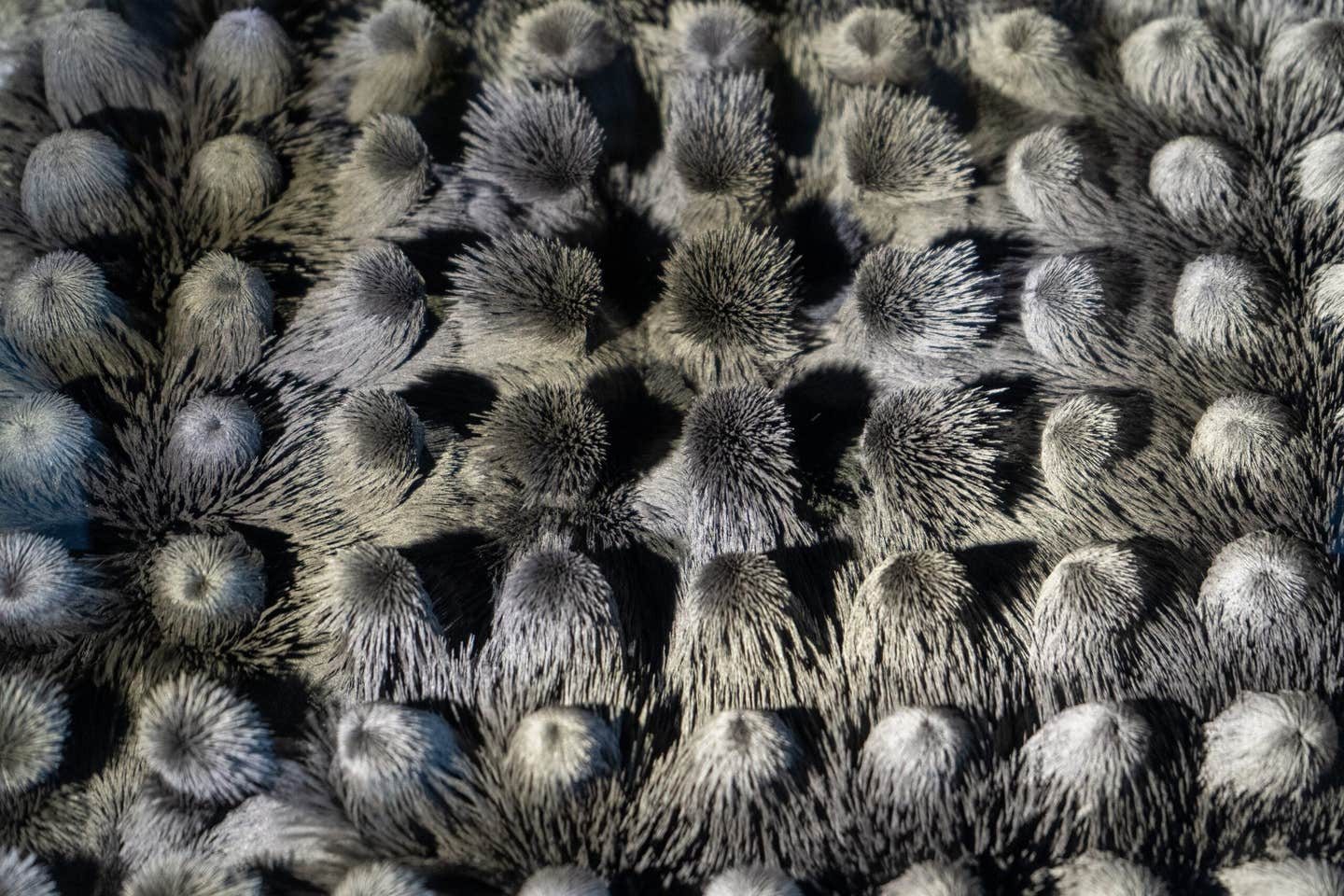520 million-year-old fossil solves important evolutionary mystery
Researchers have uncovered an incredibly rare and detailed fossil, named Youti yuanshi, that gives a peek inside one of the earliest ancestors of modern insects, spiders, crabs and centipedes.

Dating back over 520 million years to the Cambrian period, this fossil belongs to the euarthropods, a group that includes today’s insects, spiders, and crabs. (CREDIT: CC BY-SA 3.0)
Researchers at Durham University have discovered an incredibly rare and detailed fossil, named Youti yuanshi, offering a glimpse into one of the earliest ancestors of modern insects, spiders, crabs, and centipedes. Details of the discovery are outlined in Nature.
Dating back over 520 million years to the Cambrian period, this fossil belongs to the euarthropods, a group that includes today’s insects, spiders, and crabs. The exceptional quality of the fossil’s preservation is what sets it apart, with the tiny larva, no bigger than a poppy seed, showing remarkably preserved internal organs.
By utilizing advanced scanning techniques like synchrotron X-ray tomography at Diamond Light Source, the UK's national synchrotron science facility, researchers created 3D images of the fossil’s miniature brain regions, digestive glands, a primitive circulatory system, and even the nerves supplying its simple legs and eyes.
This discovery allows scientists to examine the internal structure of one of the earliest arthropod ancestors. The complexity of the anatomy found in this fossil indicates that these early arthropod-relatives were more advanced than previously believed.
Dr. Martin Smith of Durham University, the lead researcher, expressed his amazement: “When I used to daydream about the one fossil I’d most like to discover, I’d always be thinking of an arthropod larva, because developmental data are just so central to understanding their evolution. But larvae are so tiny and fragile, the chances of finding one fossilized are practically zero – or so I thought! I already knew that this simple worm-like fossil was something special, but when I saw the amazing structures preserved under its skin, my jaw just dropped – how could these intricate features have avoided decay and still be here to see half a billion years later?”
Related Stories
Dr. Katherine Dobson of the University of Strathclyde, a co-author of the study, added: “It’s always interesting to see what’s inside a sample using 3D imaging, but in this incredible tiny larva, natural fossilization has achieved almost perfect preservation.”
Studying this ancient larva provides essential clues about the evolutionary steps that transformed simple worm-like creatures into sophisticated arthropods with specialized limbs, eyes, and brains. The fossil reveals an ancestral ‘protocerebrum’ brain region that would later evolve into the segmented and specialized arthropod head with appendages like antennae, mouthparts, and eyes.
This complex head structure allowed arthropods to adopt a variety of lifestyles, making them the dominant organisms in the Cambrian oceans. Details like these help trace the evolutionary path of modern arthropods, explaining their anatomical complexity and diversity, which have made them the most abundant group of animals today.
The fossil fills an important gap in understanding how the arthropod body plan originated and thrived during the Cambrian Explosion of life. This remarkable specimen, housed at Yunnan University in China, where it was originally discovered, continues to provide invaluable insights into the evolution of one of the most successful animal groups on Earth.
Note: Materials provided above by The Brighter Side of News. Content may be edited for style and length.
Like these kind of feel good stories? Get The Brighter Side of News' newsletter.



